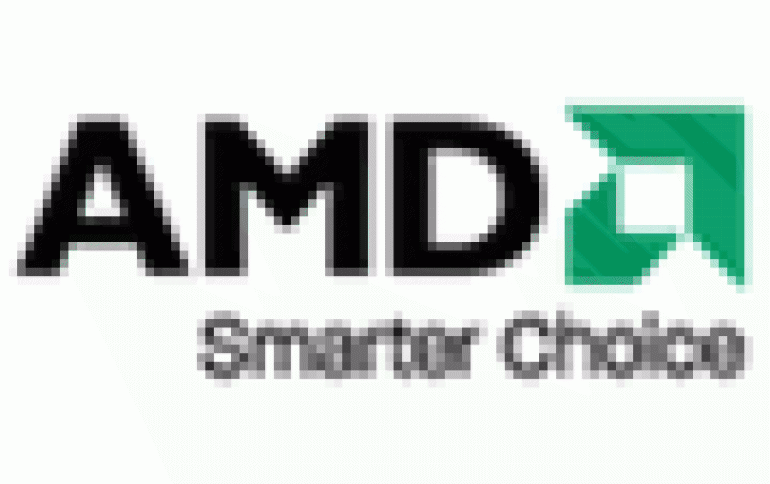
AMD R600 To Be Available in May
The DirectX 10-supporting AMD R600 graphics chip made on 65nm will be available on the market on May 19 after months of delay, according to sources with Taiwan's graphics card distributors.
At least this is what Digitimes.com reports, citing Taiwanese sources. The R600 had originally been scheduled for release in the second half of 2006. A rescheduled launch for March this year was again delayed by a serious shortage of GDDR4 memory, the sources said.
The R600 could be considered as the second generation of the ATI Xenos GPU, which powers Microsoft's Xbox 360 game console. It features 48 Unified Shaders and fully supports DirectX 10 and Shader Model 4.0.
In addition, the R600 is the first GPU that integrates the Universal Video Decoding (UVD) engine for hardware video decoding, plus a 3D engine for rendering. According to AMD, this configuration offers a significantly higher performance, since the workload of CPU during play-back of HD video is transferred to the GPU and specifically the UVD engine itself. In addition the shaders are off-loaded since video decoding is not dependent on the 3D engine.
The R600 will me made at 65nm, according to industry sources. Both mainstream (RV610) and low-end versions (RV630) of the chip for notebooks are also expected later this June.
The R600 could be considered as the second generation of the ATI Xenos GPU, which powers Microsoft's Xbox 360 game console. It features 48 Unified Shaders and fully supports DirectX 10 and Shader Model 4.0.
In addition, the R600 is the first GPU that integrates the Universal Video Decoding (UVD) engine for hardware video decoding, plus a 3D engine for rendering. According to AMD, this configuration offers a significantly higher performance, since the workload of CPU during play-back of HD video is transferred to the GPU and specifically the UVD engine itself. In addition the shaders are off-loaded since video decoding is not dependent on the 3D engine.
The R600 will me made at 65nm, according to industry sources. Both mainstream (RV610) and low-end versions (RV630) of the chip for notebooks are also expected later this June.





















